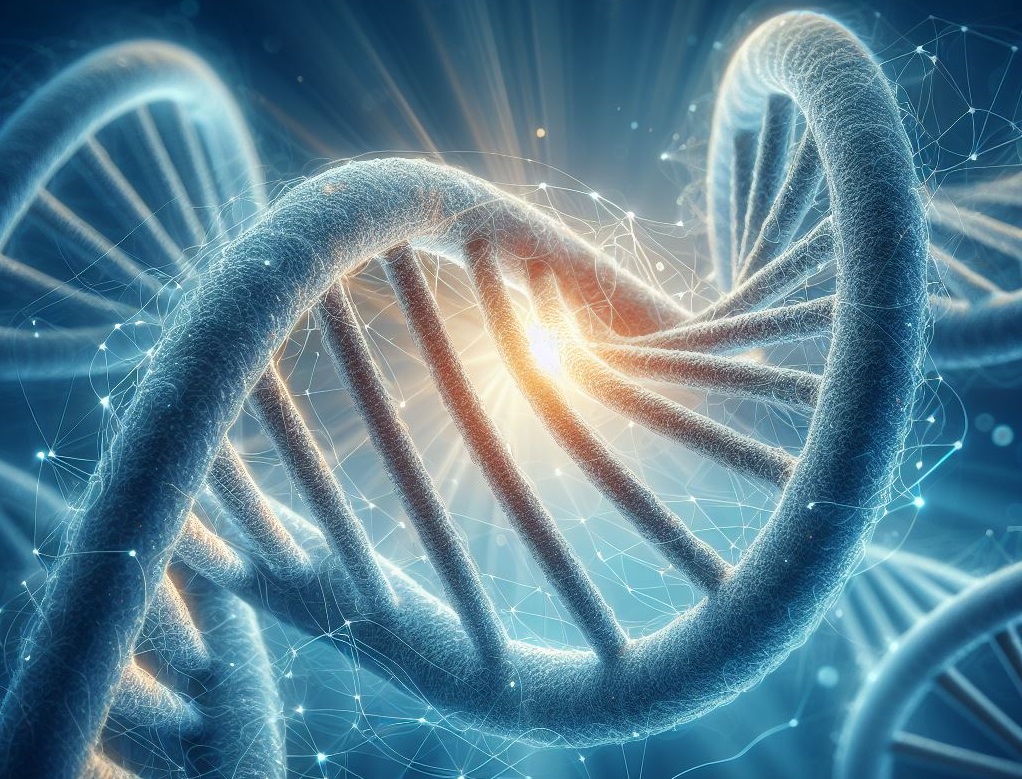An elevated risk of cancer has been linked to thousands of individual mutations in the nucleotides that comprise the human genome. However, it is still unclear which factors are actually responsible for the disease’s characteristic unchecked cellular development and which are merely coincidental or minor participants.
In the first extensive screening of these genetic alterations, known as single nucleotide variations, Stanford researchers focused on less than 400 that are critical for starting and promoting the progression of cancer. These variations regulate a number of common biological pathways, such as those that determine a cell’s ability to repair damaged DNA, how well it does so, how it generates energy, and how it interacts with and navigates its microenvironment.
According to the researchers, these recurring patterns suggest potential therapeutic targets meant to prevent or slow the progression of cancer. Genetic screening intended to determine an individual’s lifetime risk of developing cancer may be improved by knowing which variations greatly increase that risk.
We distilled large compendia of information from millions of people diagnosed with any of the 13 most common cancer types, which constitute over 90% of all human malignancies,
This enormous funnel of data allowed us to identify 380 variants that control the expression of one or more cancer-associated genes. Certain variants, if you are unlucky enough to inherit them from your parents, can increase your risk of developing many types of cancer.
Paul Khavari
Their findings were published in the journal Nature Genetics.
Instead of focusing on mutations that can accumulate during a person’s lifetime as cells split during development or to heal injury, the study examined DNA sequences inherited at conception, also referred to as a person’s germline genome. The BRCA1 and BRCA2 genes are well-known examples of inherited cancer-associated mutations that carry a markedly elevated risk of ovarian and breast malignancies. However, at this time, only a small number of these well-known mutations are utilized to forecast the risk of cancer.
The so-called “coding” genes, which contain the instructions needed to build the proteins that carry out a large portion of the body’s functions, do not include the mutations that Kellman and Khavari found. Rather, they are located in regulatory areas that govern the expression of these genes, including when, how much, and whether. These regulatory areas frequently affect the expression of genes close by, but they can also affect genes farther away.
The National Human Genome Research Institute awarded Khavari a research grant in 2020 to create the Atlas of Regulatory Variants in Disease, which aims to identify variants associated with the risk of 42 common complex diseases, including cancer, create personalized risk scores for each disease to help with screening and prevention, and propose novel treatment approaches.
Prior research, referred to as genome-wide association studies, discovered variations that were more prevalent in individuals with particular types of cancer than in their friends who did not have the disease — a sort of guilt-by-association meter. However, these studies, of which there have been many, do not prove that the mutations alter the regulatory region’s activity in ways that increase or decrease the expression of the genes they regulate, nor do they pinpoint which genes are impacted.
A different strategy was adopted by Kellman, Khavari, and their associates. They gathered more than 4,000 suspicious variants found in 13 different cancer types through genome-wide association studies, or GWAS, and attached those regulatory regions to DNA sequences, each of which had its own bar code. They next tested variants linked to lung cancer in human lung cells, for example, using what are known as massively parallel reporter assays to identify which mutations altered the expression of the bar-tagged sequence in the relevant cell type.
The researchers identified roughly 1,100 target genes that are likely to contribute to the development of cancer by narrowing down thousands of possible variants to a few hundred functional regulatory regions. This allowed them to combine data from pre-existing databases about DNA folding, tissue-specific gene expression profiles, and other factors. Some seem to raise the risk of several cancers, while others are unique to a particular form of cancer.
A lot of these genes make sense in the context of what we know about cancer development,
Some are involved in cell death pathways, and others affect how cells interact with the extracellular environment, for example. One of the most prominent pathways is involved in the function of cellular mitochondria — tiny cellular energy factories that support cell growth and division.
One pathway that really popped out includes a number of genes closely associated with inflammation,
While a connection has been established between inflammation and cancer, it’s not been clear what was driving this process — the cancer cells or the immune system. This finding suggests there may be cross talk between cells and the immune system that drives chronic inflammation and increases cancer risk.
Paul Khavari
Lastly, the researchers demonstrated that up to half of the variations are necessary to sustain continuous cancer growth using gene editing techniques in lab-grown cancer cells. They anticipate that the study’s conclusions will serve as a launching pad for researchers worldwide who want to comprehend inherited cancer risk and create novel treatments.
Also Read: Mice Show Promise Results in Gene Therapy for Rare Epilepsy
Now we have a first-generation cartographic map of functional single nucleotide variants that determine a person’s lifetime cancer risk,
We expect that this information will be incorporated into increasingly informative genetic screening tests that will become available over the next decade to help determine who is most at risk for many types of genetically complex diseases, including cancer. This general approach may help provide an individualized risk assessment for common diseases to guide interventions, such as lifestyle changes, pharmacologic preventatives and diagnostic screening.
Paul Khavari
Source: Standford Medicine
Journal Reference: Kellman, Laura N., et al. “Functional Analysis of Cancer-associated Germline Risk Variants.” Nature Genetics, 2025, pp. 1-11, DOI: https://doi.org/10.1038/s41588-024-02070-5.
Last Modified:






